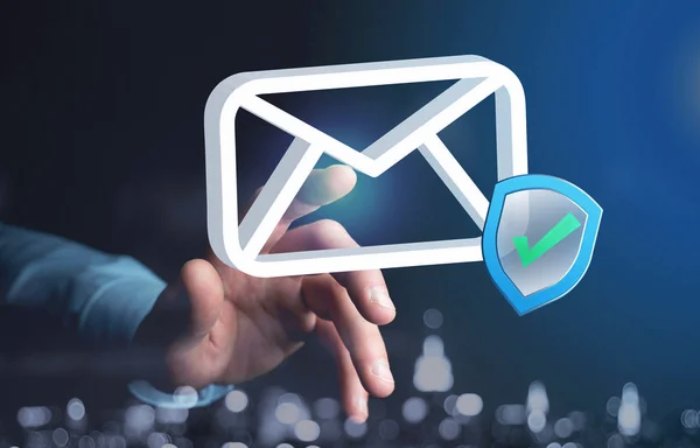- None: Permits all emails to pass through while producing reports.
- Quarantine: Identifies potentially harmful emails and directs them to the spam folder.
- Reject: Denies all emails that do not meet DMARC authentication standards.
Understanding DMARC Reports: Key Insights For
Email Authentication And Security
Email Authentication And Security
The Domain-based Message Authentication, Reporting & Conformance (DMARC) protocol is crucial in safeguarding organizations' domains from such attacks. One of the most valuable features of DMARC is its capacity to generate comprehensive reports that inform domain owners about the usage of their emails online. A clear understanding of these DMARC reports is crucial for enhancing email authentication and bolstering overall security.
What is DMARC?
DMARC is a protocol designed for email authentication that enhances current technologies such as SPF (Sender Policy Framework) and DKIM (DomainKeys Identified Mail). It allows domain owners to specify the actions that receiving email servers should take when emails do not pass authentication tests. Implementing DMARC helps domain owners protect against unauthorized use of their domain in phishing and spoofing schemes.

How DMARC Works
DMARC functions by integrating two key email authentication techniques: SPF and DKIM. SPF confirms that an email originates from a permitted IP address, whereas DKIM checks that the content of the email remains unchanged. When an email does not pass one or both of these validations, DMARC policies—such as none, quarantine, or reject—determine the appropriate action for the recipient's server to take regarding the message.
DMARC Reports: What They Are and Why They Matter
A key advantage of DMARC is its ability to generate reports. These reports furnish domain owners with comprehensive insights into the authentication status of their emails throughout the internet. By utilizing this information, organizations can identify and address email-related security risks, monitor email traffic effectively, and confirm successful delivery of their messages.
DMARC reports come in two varieties: aggregate reports, known as RUA, and forensic reports, referred to as RUF.
Aggregate Reports (RUA)
The most prevalent type of DMARC reporting is aggregate reports, which summarize email authentication outcomes. Usually, these reports are dispatched daily from receiving servers to the email address indicated in your DMARC configuration. They include details about the sent messages volume, their authentication results, and any measures taken (like rejection or quarantine).
This information enables domain owners to identify the locations of authentication problems and determine if valid emails are being declined or classified as spam.
Forensic Reports (RUF)
Forensic reports offer a comprehensive analysis and detailed specifics regarding individual emails that do not pass DMARC authentication. Although these reports enhance understanding of authentication issues, their usage is limited due to privacy issues, as they can include sensitive information from emails. Visit www.dmarcreport.com for more details.
Key Insights You Can Gain from DMARC Reports
Identifying Email Authentication Failures
One significant benefit of DMARC reports is their ability to identify emails that fail SPF or DKIM checks. These failures can indicate issues related to incorrectly configured email systems, which could lead to legitimate messages being rejected. Conversely, such failures might also suggest malicious activities, such as spoofing attempts or the unauthorized use of a domain.
Through the examination of this information, domain owners can modify their email authentication configurations to guarantee the successful delivery of valid emails while preventing the arrival of fraudulent messages.
Detecting and Blocking Spoofing Attempts
DMARC reports provide domain administrators with the ability to identify attempts at email spoofing, where malicious actors attempt to send messages that appear to originate from your domain. By consistently analyzing DMARC reports, you can spot trends in spoofing activities and implement measures to enhance the security of your domain.

Optimizing Your DMARC Policy
A significant takeaway from DMARC reports is the opportunity to refine your DMARC policy. For instance, if most of your emails are passing authentication, it might be beneficial to shift from a none policy to a more stringent quarantine or reject approach. These reports enable you to monitor how well your policy is performing and make educated modifications as needed.
Best Practices for Interpreting DMARC Reports
Use a DMARC Report Analyzer
Examining DMARC reports by hand can be daunting because of the sheer amount and intricacy of the information involved. However, employing a DMARC report analysis tool can streamline this task, offering visual aids and concise summaries that facilitate the identification of patterns and problems.
Regularly Review Reports
For effective email security, it is crucial to frequently analyze DMARC reports. Regular oversight enables you to identify authentication problems promptly and helps you proactively address possible phishing or spoofing risks.